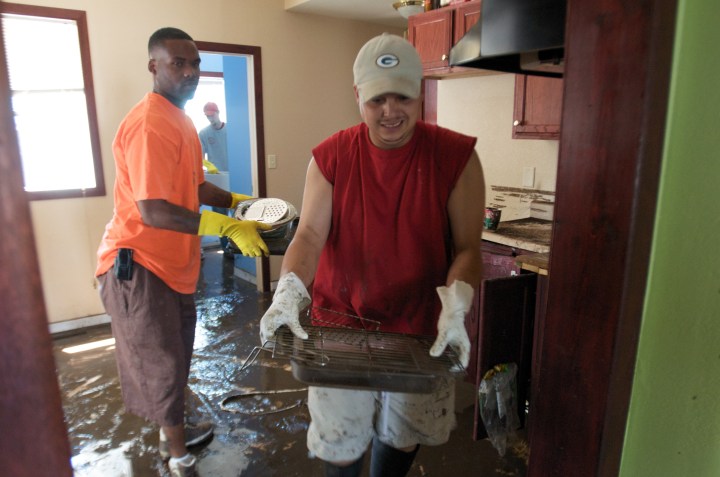
Flood insurance program updates hit homeowners hard

Flood insurance could cost homeowners more than it used to.
FEMA’s National Flood Insurance Program (NFIP) recently published data showing how much certain property owners could pay based on the agency’s updated risk-rating system. In some counties, the rates for property owners have increased on average more than 600%.
The old way of calculating flood insurance prices was based on outdated flood maps.
The new calculations take a more realistic look at all the factors including rainfall, how close a property is to the ocean and rebuilding costs. However, that more comprehensive look has consequences.
“This is already affecting the real estate market in places across the country,” said Peter Waggonner, who works with the Coalition for Sustainable Flood Insurance based in New Orleans.
He said some homeowners don’t have the means to pay these higher premiums. Waggoner’s coalition wants the government to subsidize the costs for low-income property owners.
“They could receive a discount from that based on their ability to pay so that they could stay in their home and continue to serve the community that they live in,” he said.
Some communities that never expected to need flood insurance might be affected, including desert communities that get hit with rain after a severe wildfire.
“Some people living in inland areas could also see their rates go up,” said Penny Liao, an environmental economist at Resources for the Future.
According to data from the NFIP, some of the states expected to see significant average rate increases are inland states like West Virginia, South Dakota, and Missouri.
In certain ways, Liao says the new pricing system may be fairer. The old rates didn’t take into account how much a home was worth or what it would cost to rebuild if it was destroyed by a flood.
Now, “lower-value homeowners are no longer subsidizing some of these higher-value homes,” she said.
Mark Friedlander with the nonprofit Insurance Information Institute said, “It more accurately reflects an individual property’s risk.” He sees this affecting the private flood insurance market, too.
“There are dozens of private insurers that offer flood insurance across the U.S. and they are very competitive,” he said.
Peter Waggonner with the Coalition for Sustainable Flood Insurance added that the NFIP didn’t have many other options here. The program is more than $20 billion in debt, thanks to Hurricane Katrina payouts and years of underpriced premiums.
“NFIP has been operating in the red for many, many years,” Waggonner said. “This year alone, FEMA will spend about $600 million paying the U.S. Treasury to service its debt.”
Now, he said, FEMA has to pass those costs along to policyholders.
There’s a lot happening in the world. Through it all, Marketplace is here for you.
You rely on Marketplace to break down the world’s events and tell you how it affects you in a fact-based, approachable way. We rely on your financial support to keep making that possible.
Your donation today powers the independent journalism that you rely on. For just $5/month, you can help sustain Marketplace so we can keep reporting on the things that matter to you.











